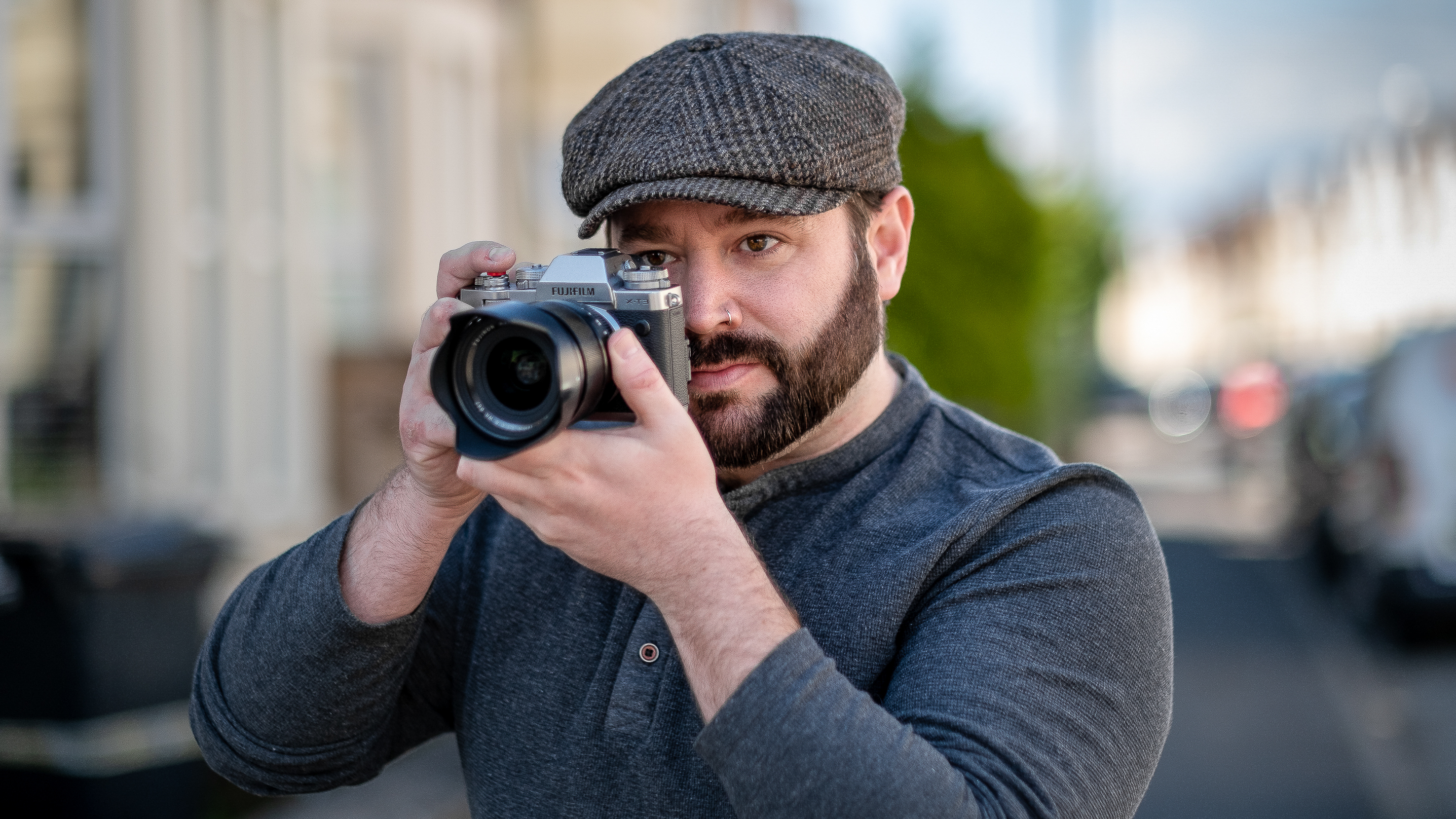Make shooting street scenes a breeze with these camera settings
City breaks in the summer are a perfect time to practise street photography says Alistair Campbell

Recently I was lucky enough to spend a couple of days wandering the streets of Spain’s capital, Madrid. Street photography is such an easy genre to get out and shoot - it’s free, you don’t need much kit, and it is great to explore the world with a different view. Although it’s easy to go out and shoot, it is a little harder to master. With a few simple tricks and tips though you can start to take your street shots to the next level.
• The best camera for street photography
When I first started out I would look for evenly lit shaded areas, they were easy to photograph but lacked depth and tone. Our planet Earth being the three-dimensional beautiful spinning rock that it is needs to be captured in such a way we can show our viewers as much detail as possible through our lens. I like to travel light, and certain airlines aren’t a fan of you bringing any luggage with you so on this trip I was walking around with my small beaten-up Fujifilm X-T2 and Fujinon 35mm f/2 R XF WR lens. For me, a 35mm or 50mm field of view is ideal for street photography.
Super tips for shooting the street
1. Use automatic shutter speed
In street photography moments can be fleeting and gone before you’ve even had time to raise your camera to your eye. I shoot with auto shutter speed to avoid missing a shot. Some people dislike any automatic settings but you can exploit them for an advantage in tricky shooting conditions.
2. Use automatic ISO
Each camera will vary slightly, but on my Fujifilm camera I have three auto ISO settings. Number one for street photography is set to use anything within 100-1600 ISO. I then tell my camera not to lower the shutter speed below 1/125sec while automatic ISO is enabled. ISO setting number two will be 1600-6400, and number three is 6400-128,000 – both of these will always make sure my shutter is at least 1/125sec.
3. Experiment with your aperture
I tend to shoot wide open most of the time, which means my shutter speed is increased and I get a short sharp shot. Sometimes a shallow focus isn’t the best setting for a scene, you may want a deeper focus to incorporate more of the background. So try using anything from f/1.4 (if your lens allows) to f/9 for different aesthetics.
4. Shoot the street with confidence
By using the automatic settings from above, you’re now free to explore the streets and concentrate on the action. You don’t need to rush around too much, you can just park yourself on a bench and wait for people to walk into your frame. Make sure you expose for the brighter section of the image, this will give you far better contrast. I find using the LCD screen and shooting from the hip can be a good way to stay incognito, most camera screens are fully articulating now so make them work to your advantage. Try not to review your images, and concentrate on what’s in front of you.
The best camera deals, reviews, product advice, and unmissable photography news, direct to your inbox!
Check out Street photography: how to remove distracting elements with long exposures, be sure to see our top 35mm prime lenses rated
Alistair is the Features Editor of Digital Camera magazine, and has worked as a professional photographer and video producer.






